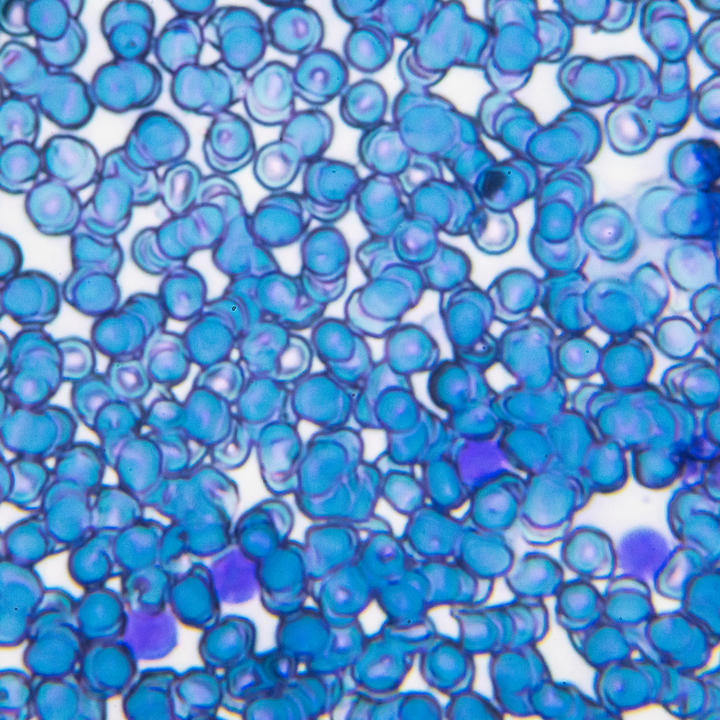This Resource formally combines two foundational software packages, COPASI and VCell. The Resource will maintain and enhance these two widely used shared modeling tools. As the VCell and COPASI platforms were developed over the last two decades, researchers came to recognize and appreciate the ability to explore quantitative experimental data within the context of specific mechanistic hypotheses and to use the predictive power of simulation for experimental design. Today, computational analysis is a driving force in complex experiments, while computational models are integral to the development of experimental methods.
The Resource will encompass COPASI and VCell software platforms. They are arguably the most comprehensive and widely used tools for computational modeling of the biophysical mechanisms controlling cell function. VCell supports several fundamental biophysical mechanisms, including reaction kinetics, diffusion, flow, membrane transport, lateral membrane diffusion, electrophysiology, and rule-based models of multi-state and multi-molecular interactions. Simulations can be based on 0D, 1D, 2D, or 3D analytical or experimental image-based geometries. Users may choose among multiple available simulation approaches, such as ordinary differential equations, partial differential equations, stochastic reaction kinetics, network-free simulations, spatial particle-based simulations, and spatial hybrid stochastic/deterministic simulations. COPASI enables the simulation and analysis of complex biochemical reaction networks deterministically or stochastically. It offers a broad range of analysis tools, including parameter estimation and optimization, steady state analysis, stoichiometric analysis, sensitivity analysis, and metabolic control analysis. VCell and COPASI each boast thousands of active users. Collectively, their users produce over 100 papers per year relying on these software systems. VCell and COPASI will be hosted at the University of Connecticut School of Medicine. Thus, the Resource will benefit from the common institutional organization under which it will operate, a joint website, a standard high-performance computing facility that will serve the computationally intensive needs of users, coordinated training and outreach to the user community in the form of web-based documentation and tutorials, a yearly Computational Cell Biology Workshop, and numerous roadshows at national and international meetings. Additionally, VCell and COPASI will be leveraged by external systems biology software developers as user-friendly platforms for the wide dissemination of their third-party algorithms, software, and databases. Finally, the Resource will actively engage with the software standards community to ensure the reproducibility and reusability of the software and the models it generates.




